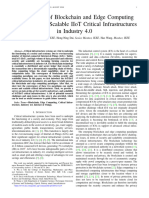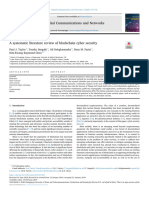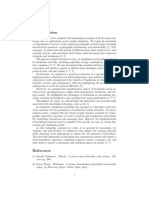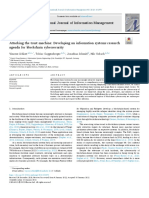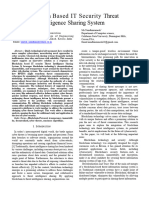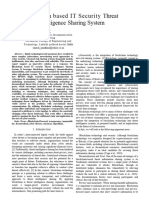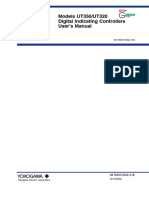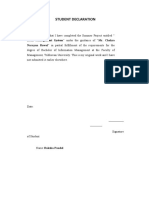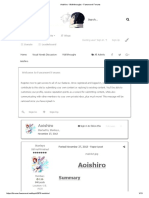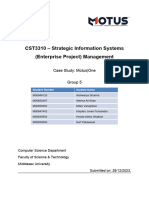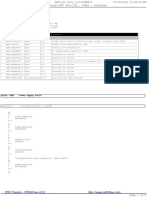0% found this document useful (0 votes)
5 views3 pagesAssignment 9
The review of Govea et al. (2024) examines how blockchain technology can enhance the cybersecurity of critical infrastructure by providing tamper-proof security and decentralized resilience. While the study highlights blockchain's potential, it also identifies significant challenges such as scalability, interoperability, regulatory barriers, and energy consumption that need to be addressed for practical implementation. Future research is encouraged to focus on overcoming these challenges to make blockchain a viable solution for securing complex infrastructure networks.
Uploaded by
Sara mohammadCopyright
© © All Rights Reserved
We take content rights seriously. If you suspect this is your content, claim it here.
Available Formats
Download as DOCX, PDF, TXT or read online on Scribd
0% found this document useful (0 votes)
5 views3 pagesAssignment 9
The review of Govea et al. (2024) examines how blockchain technology can enhance the cybersecurity of critical infrastructure by providing tamper-proof security and decentralized resilience. While the study highlights blockchain's potential, it also identifies significant challenges such as scalability, interoperability, regulatory barriers, and energy consumption that need to be addressed for practical implementation. Future research is encouraged to focus on overcoming these challenges to make blockchain a viable solution for securing complex infrastructure networks.
Uploaded by
Sara mohammadCopyright
© © All Rights Reserved
We take content rights seriously. If you suspect this is your content, claim it here.
Available Formats
Download as DOCX, PDF, TXT or read online on Scribd
/ 3











